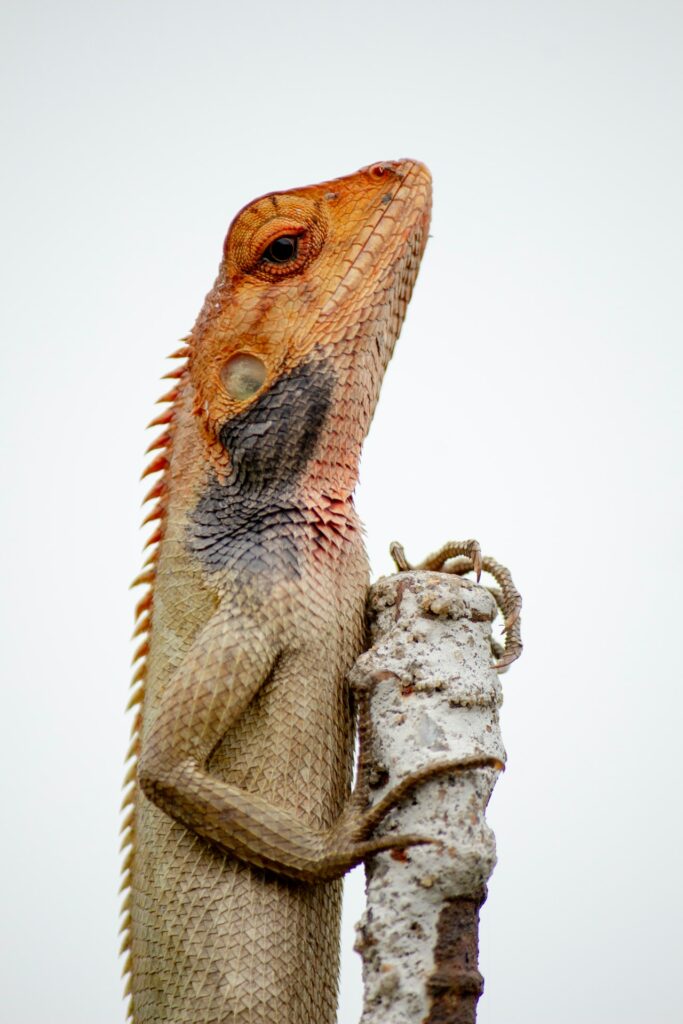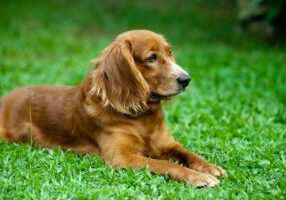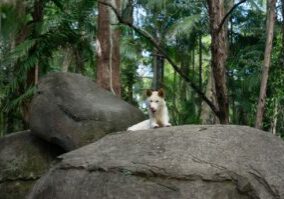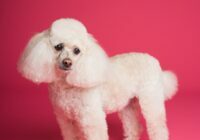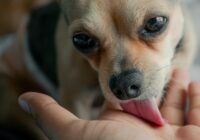Everything You Need To Know About Keeping A Pet Red-Bearded Dragon
A Red-bearded dragon makes a great pet, but you should read this article before getting one!
Red bearded dragons are some of the most popular pet lizards in the world. They’re often kept by reptile enthusiasts who enjoy their easy-going attitude and straightforward care requirements. If you’re interested in keeping a red bearded dragon, read more about its biology, ideal habitat, diet, and other care requirements.
What You Need to Know Before Getting a Red Bearded Dragon
Before getting a red bearded dragon, there are several considerations. First, they require special habitats and diets, so you should be prepared to invest resources into ensuring their health and safety. Also, you should be aware of the risk of salmonella.
Housing a Red Bearded Dragon
The first step in caring for your red bearded dragon is to set up an appropriate habitat. This requires an adequate enclosure with proper lighting, heating and humidity levels, and plenty of hiding spaces and things to climb on. Additionally, the enclosure must provide enough space and decoration for your pet to explore and feel safe.
Habitat Requirements
Creating the right habitat for your red bearded dragon is essential for its health and comfort. Here are some things to keep in mind:
* Substrate: Most keepers opt for paper towels or newspapers since these products are easily cleaned and contain no parasites or unwanted bugs. Other options include terrarium liners made from sustainable materials like bark mulch or coconut fibre that can provide your dragon with natural enrichment.
* Temperature: Red bearded dragons require temperatures of 75 to 85°F (24 to 29°C) during the day with a basking spot of 100°F (38°C). You should drop the temperature slightly at night to around 70°F (21°C) until it warms up again in the morning.
* Light: Your pet will need UVB and UVA lighting to synthesise vitamin D3 and feel comfortable under natural light conditions. You should also provide them with 12 hours of darkness and 12 hours of light each day so they can maintain an appropriate sleep cycle.
* Humidity: Like all reptiles, red-bearded dragons need adequate humidity levels of around 40-50%. You can increase humidity levels by misting your dragon’s enclosure daily or using a hygrometer to monitor humidity levels more accurately.
Feeding Your Red Bearded Dragon
A healthy diet is critical for your red bearded dragon’s long-term health. Juvenile dragons will mainly feed insects such as crickets or mealworms. Adult dragons also eat vegetables such as kale or squash and occasional fruits like apples or strawberries in small amounts.
Diet Requirements
For your red bearded dragon to stay healthy, you must feed them an appropriately balanced diet consisting of proteins such as insects and vegetables like kale and collard greens. Here are some tips for feeding your pet:
* Variety: It’s best to offer your beardie various foods, so they don’t get bored with their meals or become nutritionally deficient over time due to a lack of variety in their diet. Offer them mealworms, waxworms, super worms, crickets, cockroaches, leafy greens like dandelion greens, mustard greens, turnip greens, etc. Plus occasional treats like strawberries or blueberries if desired.
* Frequency: You need to feed young dragons daily, while adults only need 2-3 feedings per week. Offer enough food so they can completely consume it within 10 minutes. Any leftover food should be removed from the enclosure quickly since decaying food can lead to bacterial infections or attract pests into the habitat.
General Care Requirements
Aside from providing an appropriate habitat and diet for your beardie. There are several other care requirements for them to thrive:
* Bathing: You must provide your beardie with regular baths so they can stay hydrated and regulate their body temperature properly in between feedings when no prey is available for them to drink from naturally. Use warm water (not hot) when bathing your pet – allow ample time to soak up water, then gently towel dry them afterwards before returning them to their enclosure.
* Socialization: Red bearded dragons do best with gentle handling sessions throughout the week, so they get used to being handled by humans – this will also help build trust between you both over time! You should start slow and then gradually increase interaction periods as your pet gets more comfortable being held by you. Always move slowly when handling them since sudden movements may startle or frighten them unnecessarily!
Handling and Caring for a Red-Bearded Dragon
Bearded dragons are very popular lizards that make excellent pets, including the red-bearded dragon. With the right care, a red-bearded dragon can be an enjoyable companion that provides years of entertainment. Before getting one, it’s essential to understand its unique needs and how to handle them properly.
It’s always important to use caution when handling any reptile. Including the red bearded dragon since they can be skittish sometimes. Especially if stressed or scared by sudden movements or loud noises. When handling them, try using gentle motions while slowly cupping both hands around them, so they don’t startle too easily.
However, do not keep them confined too long since they need time away from people too! Also, remember that even though these lizards cannot swim, they may still try jumping into water sources (like sinks or toilets). So it’s best not to leave them unattended in bathrooms where these accidents can happen more easily!
Overall Care for Your Red-Bearded Dragon
Red bearded dragons need regular veterinary checkups just like any other pet would require. However, you should pay special attention during checkups. Look out for respiratory issues, which could signal potential illnesses like elevated temperatures. In addition, regular baths with warm water can help keep their skin hydrated while soaking their food!
Finally, remember that even though these lizards may seem independent, they still need love, just like any other pet!
Conclusion
If you’re looking for an easy-going but interesting pet lizard. Then a red bearded dragon could be just what you’re looking for! With proper husbandry practices, plus gentle handling & socialisation sessions, you’ll have no trouble caring for this unique reptile species in no time at all!
Is your red bearded dragon insured with furrr.co.uk? Why wait? Get your red bearded dragon insured with furrr.co.uk today!

